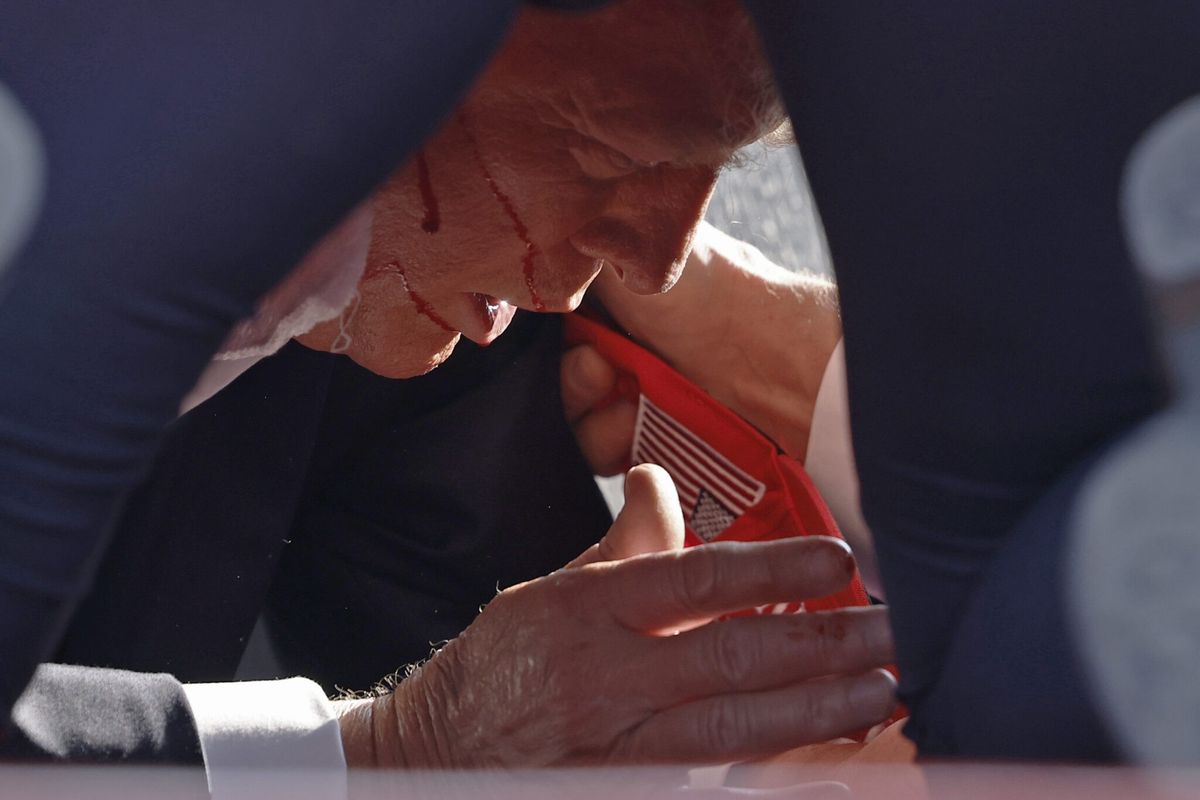Former New York City Police Commissioner Ray Kelly was preparing for his new post-NYPD role as Vice Chair at K2 Intelligence in New York when news of the Paris attacks started rolling in last week. He knew from initial reports that the news would be bad, but he wasn’t at all surprised by the attack itself. New York City officials have thwarted no fewer than 16 attempted terrorist attacks since 9/11. He knows that the terrorists aren’t going to stop coming.
Kelly has a unique perspective, in part because of his role in building up NYC’s counterterrorism capabilities post 9/11, and in part because of the law enforcement resources he dedicated to gathering intelligence from around the world on potential threats against his city.
“I think this type of attack was anticipated somewhere in the world” Kelly told The Cipher Brief. “In general, intelligence agencies and organizations thought that something like this could happen and in a way, I’m surprised that it hasn’t happened sooner.”
While NYC is unusual in comparison to other cities when it comes to its vast amount of resources available to foil terrorist plots, there are lessons that Kelly believes other U.S. cities can and should heed in order to help protect their citizens from attacks on soft targets.
“I think they have to take a look at New York as sort of a special case,” says Kelly. “We’re the only city in the United States that’s been attacked twice by terrorists. We had 16 other plots — that I write about in my book — that were prevented from happening as the result of good work on the part of the FBI, good work on the part of the NYPD, and sheer luck. But in many ways, you make your own luck. Now we’ve devoted over 1,000 officers every day in the city to counterterrorism duties. Our resource issue is different in NYC. We have officers assigned overseas; one in Paris for example, who is working with the Parisians very closely. But New York is very different. The Intelligence World still believes that New York is the number one target, and that’s why you see a much stronger emphasis on counter terrorism in New York than in other places.”
So what can other cities, with far fewer resources to dedicate to the threat, do to protect themselves?
“They need to do an appraisal of what the realistic threats are against them, take a look at the resources they have to devote to security, and work closely with the FBI to determine how to work with the information. It has to be realistic. There are some cities that simply will not have a particularly high threat level, and they don’t have to do a lot. Those cities just need to raise people’s consciousness, and conduct some training on counterterrorism tactics and strategies for the patrol force.”
Experts know that the true impact of a terrorist attack is not easy to measure. There is the most crucial human cost, combined with the ability to create fear and change patterns of daily life. Detrimental impacts to business can have a long-term and far reaching impact as well. What advice does Kelly have for businesses operating in this new global nexus of terrorist and cyber threats?
“Obviously you have to have a good physical security plan,” says Kelly. “Every business should also have a business continuity plan. The reality is that many businesses don’t have it, or if they have it, they haven’t looked at it in years. Of course, a good continuity plan entails looking at things other than a terrorist attack. It could be natural disaster or catastrophe, that sort of thing. The cyber issue for business is also significant. I think that threat is only going to increase, so businesses have to do the (cybersecurity) basics that they can do—some businesses more than others. It depends on training, it depends on having protocols for your employees. You have to test the system, and you need to enforce it. Dealing with how to protect property from a cyber threat is essential. I would say that the development or update of the business continuity plan and continued focus on cyber security is crucial, because that is the area that unfortunately I see growing in a very significant way in the near and middle term.”













